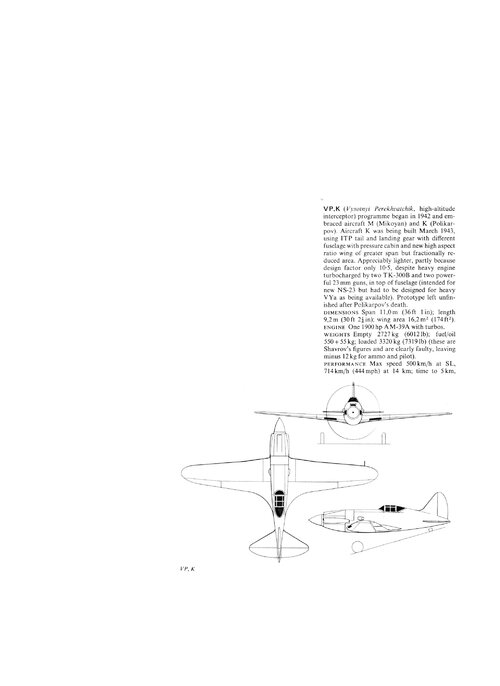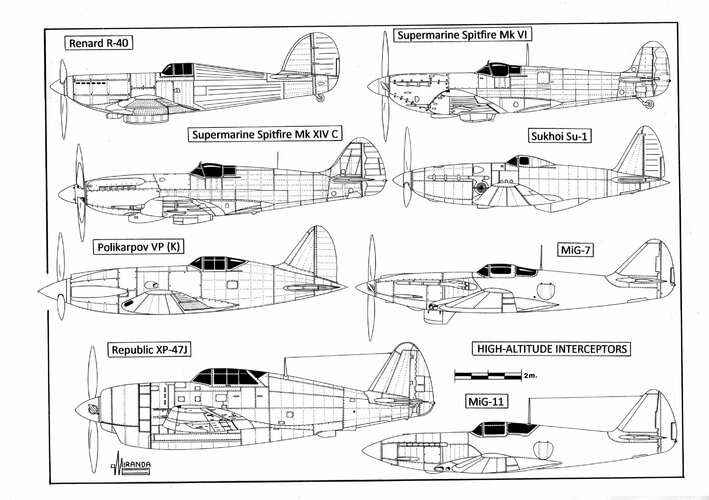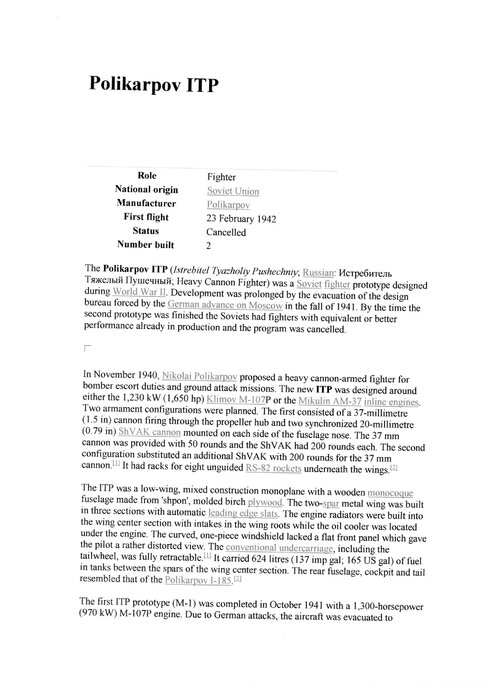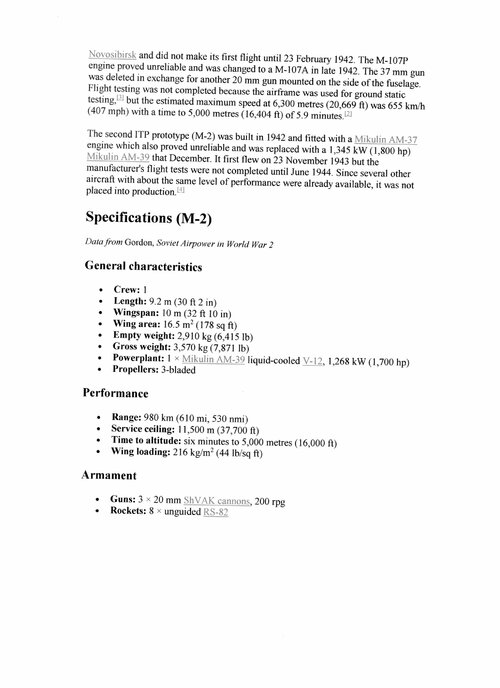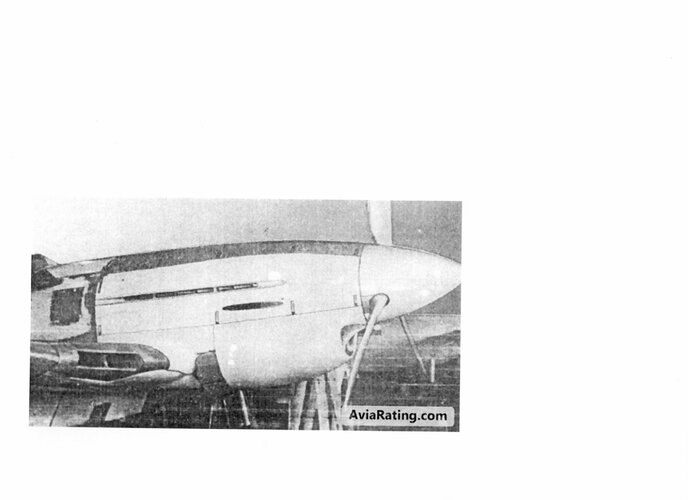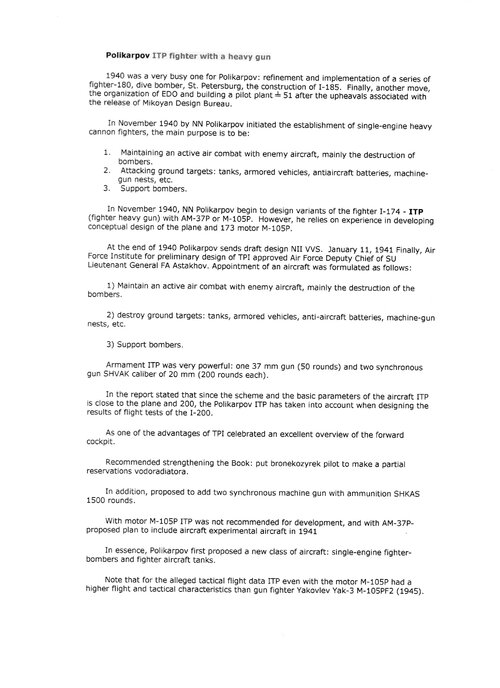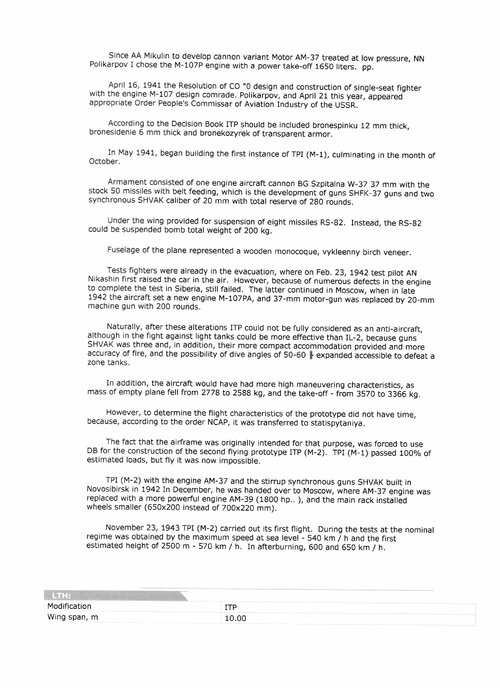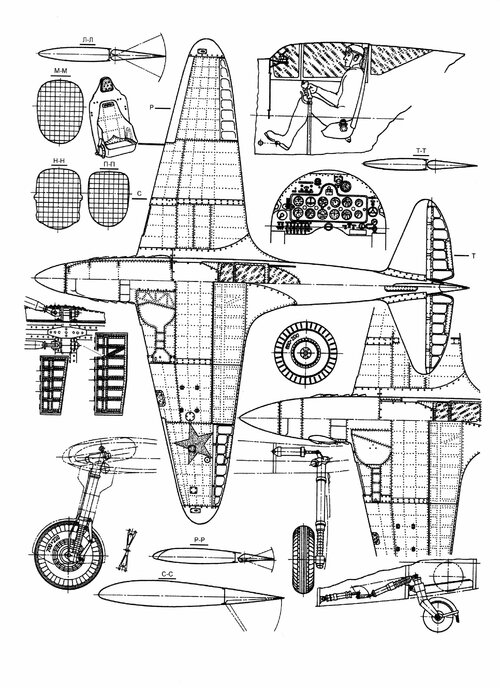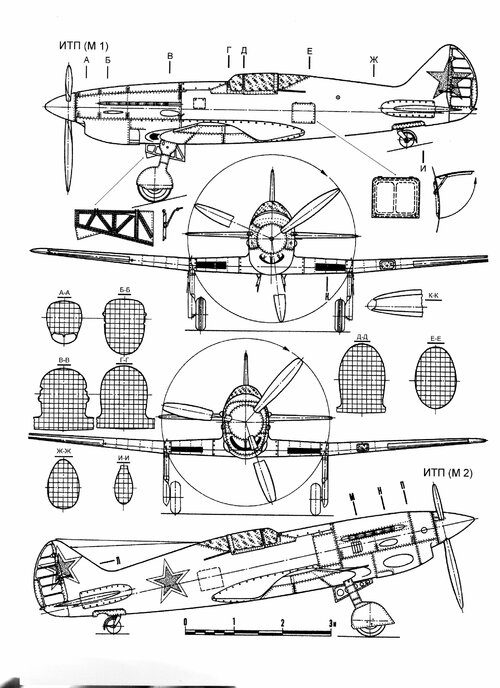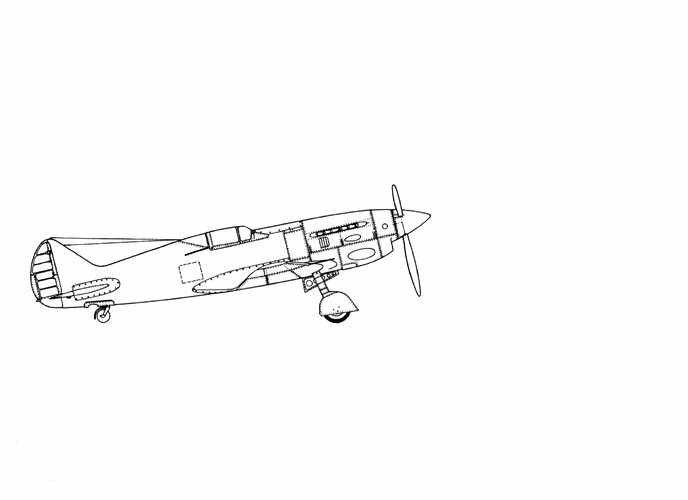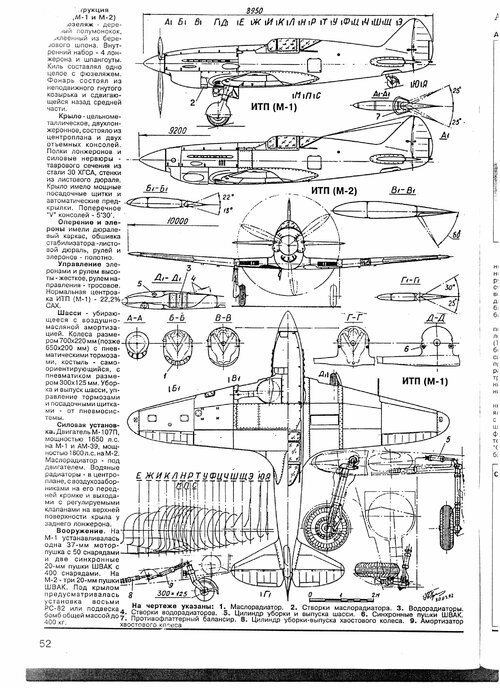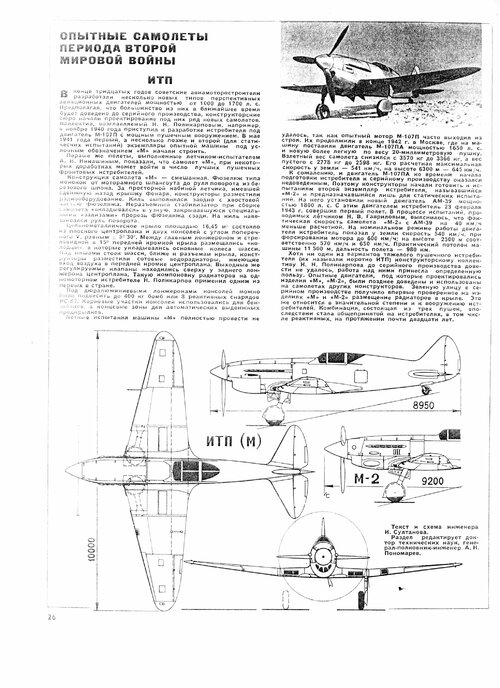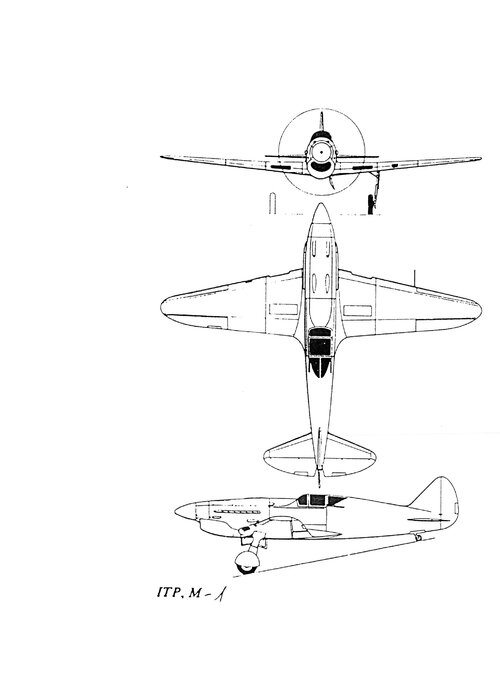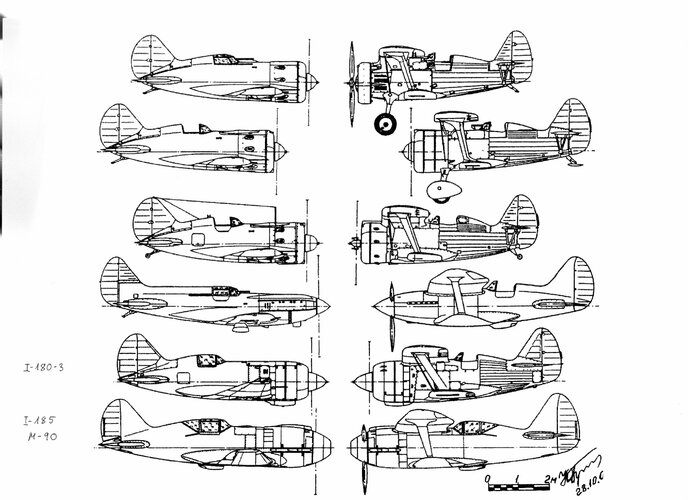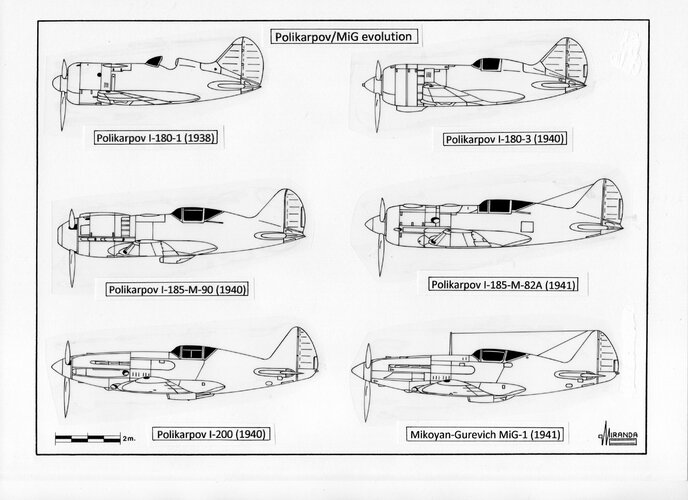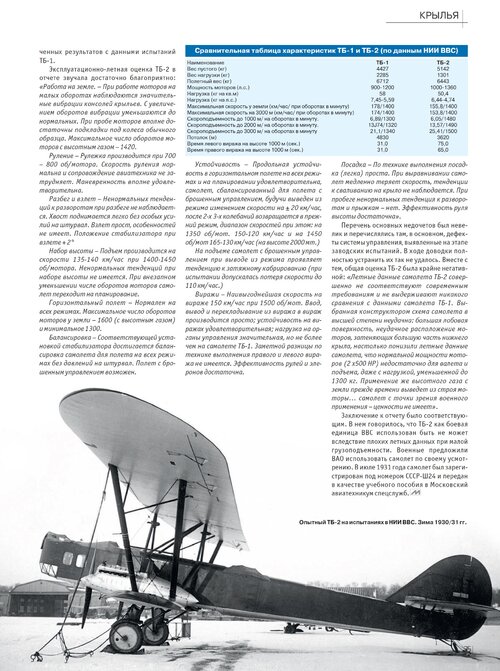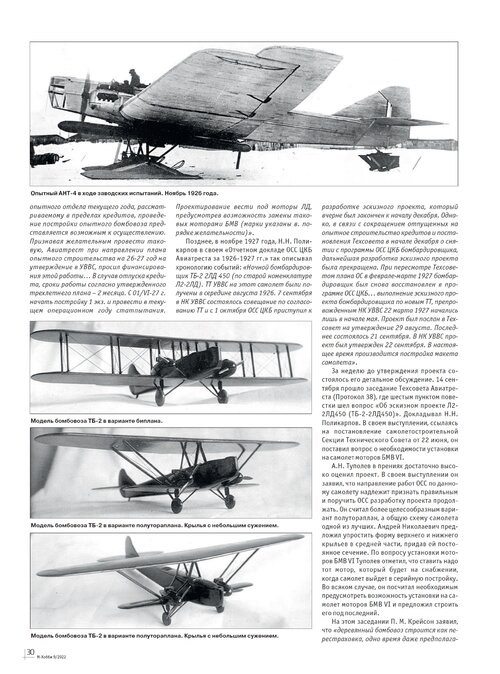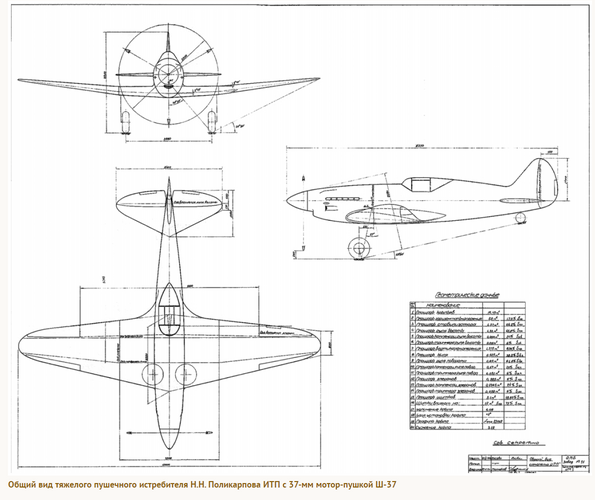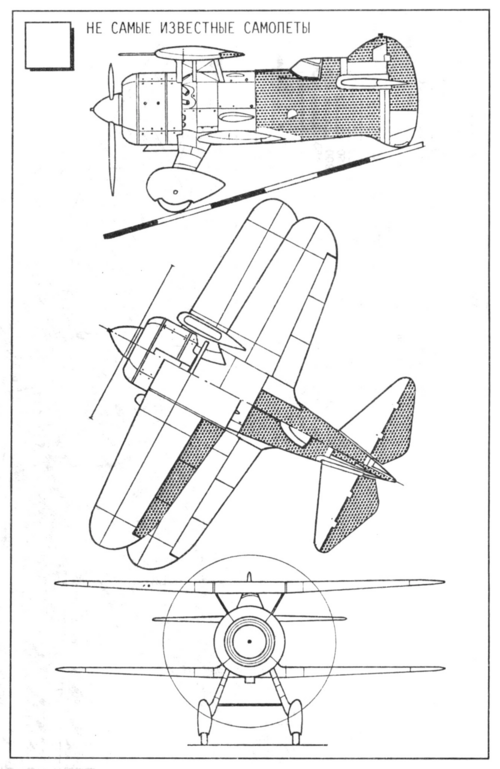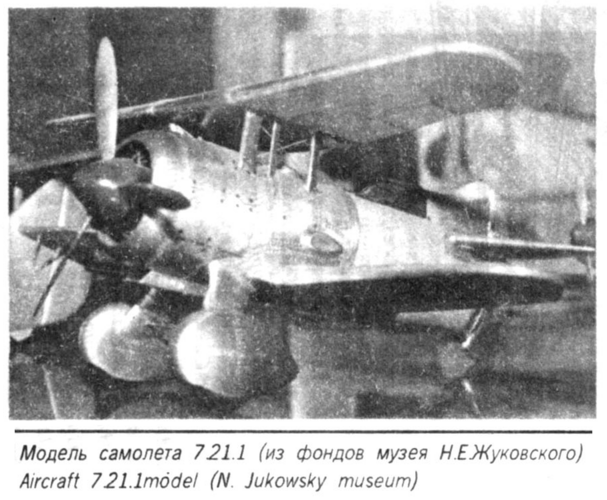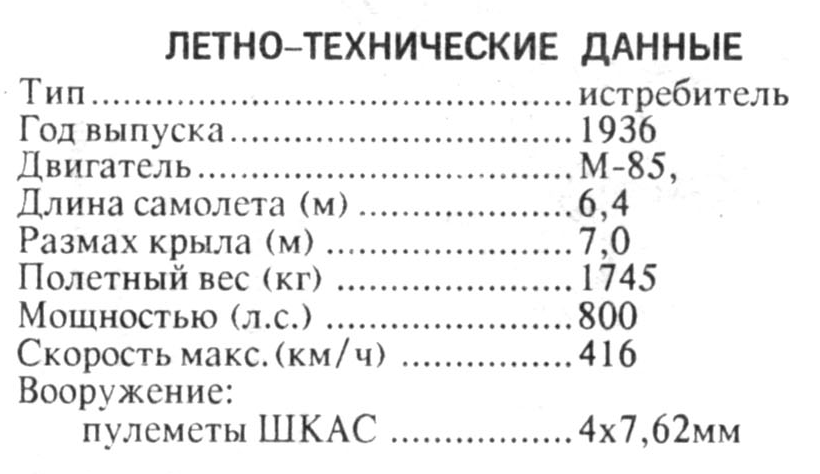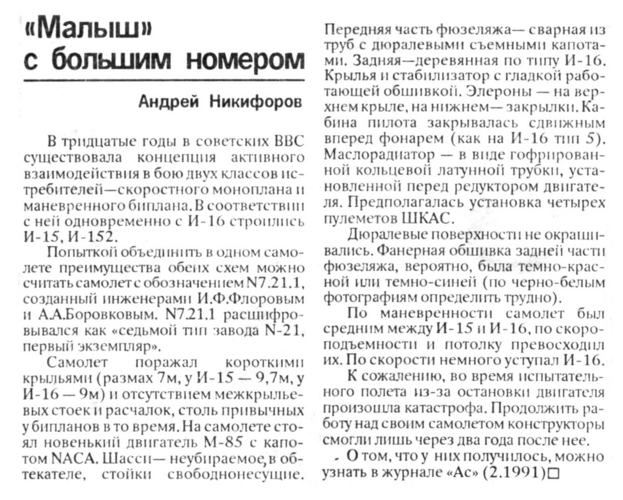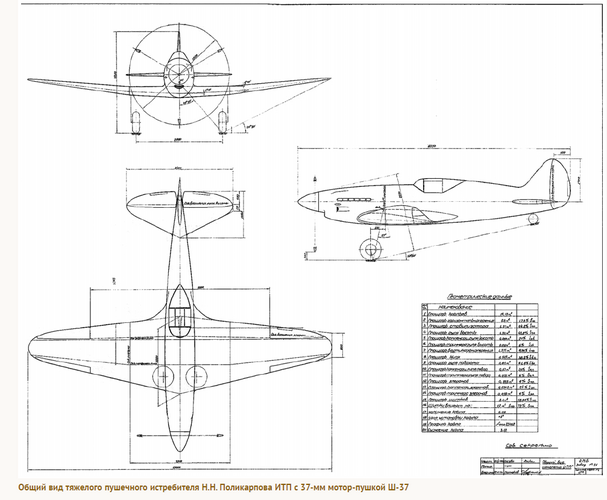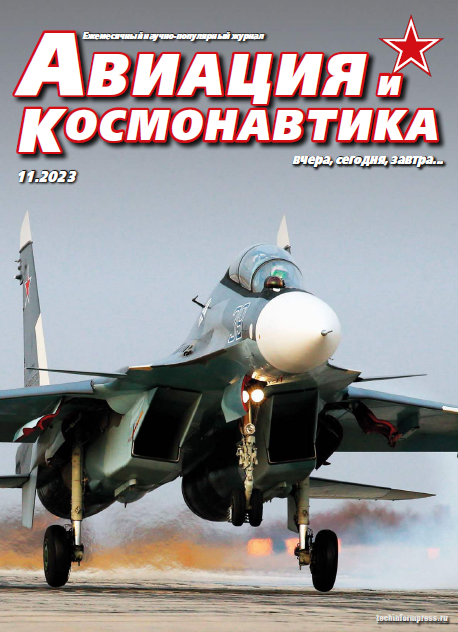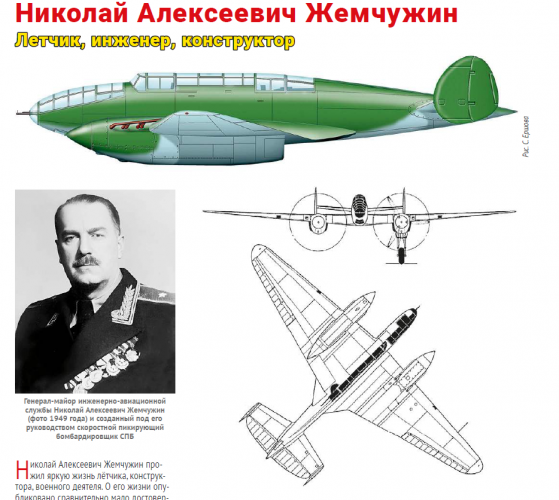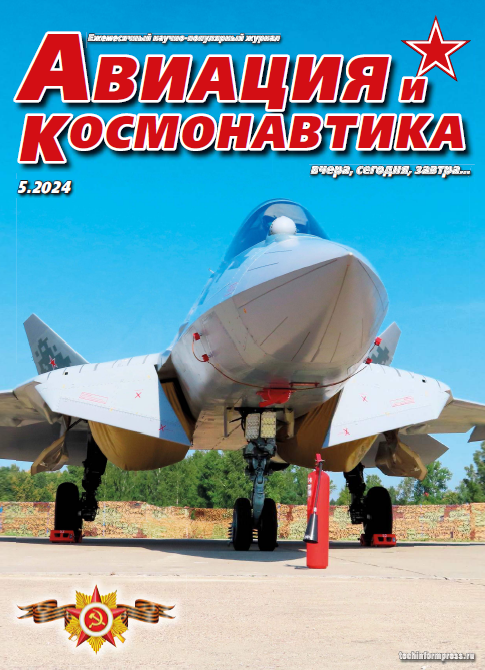VPKI-173
You are using an out of date browser. It may not display this or other websites correctly.
You should upgrade or use an alternative browser.
You should upgrade or use an alternative browser.
Various Polikarpov projects
- Thread starter Stargazer
- Start date
Post-2
Attachments
Polikarpov-MiG evolution
During the last months of 1940, the Luftwaffe’s special long-range reconnaissance unit Aufklärungsgruppe Ob.d.L. was operating a mixture of Dornier Do 215 B-4, Dornier Do 217 A-0, Junkers Ju 86 P-2 and Junkers Ju 86 R-1 spy planes.
The Gruppe began its operational life performing clandestine reconnaissance sorties in civil disguise, deep into the Soviet airspace, in preparation for Operation Barbarossa.
They took photographs of the Soviet defenses which were to play an important role when the Germans invaded Russia, in June 1941.
The Do 215 B-4 could fly at 29,520 ft. (9,000 m) altitude and 292 mph (470 km/h) top speed, the Do 217 A-0 at 24,928 ft. (7,600 m) and 298 mph (480 km/h), the Ju 86 P-2 at 41,000 ft. (12,500 m) and 224 mph (360 km/h), and the Ju 86 R-1 at 47,232 ft. (14,400 m) and 261 mph (420 km/h).
By mid-1941 some Henschel Hs 130 A-0 preproduction airplanes started its operational evaluation with the Aufklärungsgruppe Ob.d.L. reaching 43,300 ft. (13,200 m) absolute ceiling and 292 mph (470 km/h) top speed, but the OKL dismissed its serial production because of the weak opposition made by Soviet fighters.
The I-200 high-altitude Soviet interceptor was designed in 1939 by the Polikarpov Design Bureau, inheriting all the deficiencies of its lineage and thus proving the correctness of the Latin sentence Errare humanum est, sed perseverare, diabolicum. (To err is human, but to persist is diabolical).
The extremely short fuselage had originally been designed for the I-185 fighter (powered by one radial engine) and was totally inadequate to compensate for the long and heavy AM-35A V-12 engine, with 1,350 hp.
During the flight tests performed on August 29, 1940, the prototype showed longitudinal instability, heavy control, and a dangerous tendency to flat spin.
It was difficult to fly and deadly in combat for an inexperienced pilot. Its instability at high speeds could make aerial gunnery difficult and requiring constant pilot intervention to remain on target.
A feature common to all Polikarpov fighters was the ‘snaking effect’ that affected weapon accuracy during combat maneuvers.
The triangular wing planform, with leading and trailing edge sweep and larger roots that tapered to the tips, were the cheapest compromise between performance, strength and drag. It was strong at the root, light at the tips and easy to build, and could be lethal, because the strongly tapered wings had a dangerous tendency to low-speed stall.
In combat, the I-200 was prone to spinning out of a steep banking turn. Despite the seriousness of the shortcomings displayed by the prototype, it was ordered into immediate mass production, as OKO MiG-1, in September 1940.
Some aircraft from GAZ-1 were delivered to the VVS-RKKA (Soviet Air Force) and PVO (Soviet Air Defense Force) in April 1941, but little is known of their performance in combat because more than half of all Soviet fighters were destroyed on the ground or in the air within 48 hours of the Luftwaffe assault.
OKO MiG-1 technical data
Wingspan: 33.5 ft. (10.20 m), length: 26.8 ft. (8.16 m), height: 10.8 ft. (3.30 m), wing surface: 193 sq. ft. (17.44 sq. m), take-off weight: 6,841 lb. (3,099 Kg), maximum speed: 390 mph (628 km/h), design ceiling: 39,360 ft. (12,000 m, armament: two nose mounted ShKAS and one USB heavy machine gun of 12.7 mm.
During the last months of 1940, the Luftwaffe’s special long-range reconnaissance unit Aufklärungsgruppe Ob.d.L. was operating a mixture of Dornier Do 215 B-4, Dornier Do 217 A-0, Junkers Ju 86 P-2 and Junkers Ju 86 R-1 spy planes.
The Gruppe began its operational life performing clandestine reconnaissance sorties in civil disguise, deep into the Soviet airspace, in preparation for Operation Barbarossa.
They took photographs of the Soviet defenses which were to play an important role when the Germans invaded Russia, in June 1941.
The Do 215 B-4 could fly at 29,520 ft. (9,000 m) altitude and 292 mph (470 km/h) top speed, the Do 217 A-0 at 24,928 ft. (7,600 m) and 298 mph (480 km/h), the Ju 86 P-2 at 41,000 ft. (12,500 m) and 224 mph (360 km/h), and the Ju 86 R-1 at 47,232 ft. (14,400 m) and 261 mph (420 km/h).
By mid-1941 some Henschel Hs 130 A-0 preproduction airplanes started its operational evaluation with the Aufklärungsgruppe Ob.d.L. reaching 43,300 ft. (13,200 m) absolute ceiling and 292 mph (470 km/h) top speed, but the OKL dismissed its serial production because of the weak opposition made by Soviet fighters.
The I-200 high-altitude Soviet interceptor was designed in 1939 by the Polikarpov Design Bureau, inheriting all the deficiencies of its lineage and thus proving the correctness of the Latin sentence Errare humanum est, sed perseverare, diabolicum. (To err is human, but to persist is diabolical).
The extremely short fuselage had originally been designed for the I-185 fighter (powered by one radial engine) and was totally inadequate to compensate for the long and heavy AM-35A V-12 engine, with 1,350 hp.
During the flight tests performed on August 29, 1940, the prototype showed longitudinal instability, heavy control, and a dangerous tendency to flat spin.
It was difficult to fly and deadly in combat for an inexperienced pilot. Its instability at high speeds could make aerial gunnery difficult and requiring constant pilot intervention to remain on target.
A feature common to all Polikarpov fighters was the ‘snaking effect’ that affected weapon accuracy during combat maneuvers.
The triangular wing planform, with leading and trailing edge sweep and larger roots that tapered to the tips, were the cheapest compromise between performance, strength and drag. It was strong at the root, light at the tips and easy to build, and could be lethal, because the strongly tapered wings had a dangerous tendency to low-speed stall.
In combat, the I-200 was prone to spinning out of a steep banking turn. Despite the seriousness of the shortcomings displayed by the prototype, it was ordered into immediate mass production, as OKO MiG-1, in September 1940.
Some aircraft from GAZ-1 were delivered to the VVS-RKKA (Soviet Air Force) and PVO (Soviet Air Defense Force) in April 1941, but little is known of their performance in combat because more than half of all Soviet fighters were destroyed on the ground or in the air within 48 hours of the Luftwaffe assault.
OKO MiG-1 technical data
Wingspan: 33.5 ft. (10.20 m), length: 26.8 ft. (8.16 m), height: 10.8 ft. (3.30 m), wing surface: 193 sq. ft. (17.44 sq. m), take-off weight: 6,841 lb. (3,099 Kg), maximum speed: 390 mph (628 km/h), design ceiling: 39,360 ft. (12,000 m, armament: two nose mounted ShKAS and one USB heavy machine gun of 12.7 mm.
Attachments
Tonton-42
ACCESS: Secret
- Joined
- 10 May 2014
- Messages
- 367
- Reaction score
- 681
Found here https://ww2aircraft.net/forum/media/polikarpov-tb-2.23696/hesham said:Hi,
here is two Models to Polikarpov TB-2 bomber in different configurations.
Самолеты Н.Н. Поликарпова_Русавиа 2004
I've attached a drawing of the TB-2 that I found in my files. I don't know the source.
- Joined
- 26 May 2006
- Messages
- 34,838
- Reaction score
- 15,715
Hi,
I don't know if it is a real drawing to Polikarpov I-20,or just a speculative
paint ?.

 alternathistory.livejournal.com
alternathistory.livejournal.com
I don't know if it is a real drawing to Polikarpov I-20,or just a speculative
paint ?.
Сделано в СССР. Альтернативные истребители И-20. Часть 2 Испытания прототипов
Данная статья является продолжением статей Сделано в СССР. Уловка 22. Альтернативный истребитель ВТ-22 , Сделано в СССР. Альтернативные истребители И-16 и Сделано в СССР. Альтернативные истребители И-18 . Перед тем как выложить статью я хочу…
Attachments
It also says an alternative story, that is, bullshitHi,
I don't know if it is a real drawing to Polikarpov I-20,or just a speculative
paint ?.

Сделано в СССР. Альтернативные истребители И-20. Часть 2 Испытания прототипов
Данная статья является продолжением статей Сделано в СССР. Уловка 22. Альтернативный истребитель ВТ-22 , Сделано в СССР. Альтернативные истребители И-16 и Сделано в СССР. Альтернативные истребители И-18 . Перед тем как выложить статью я хочу…alternathistory.livejournal.com
- Joined
- 26 May 2006
- Messages
- 34,838
- Reaction score
- 15,715
Attachments
- Joined
- 25 June 2009
- Messages
- 14,739
- Reaction score
- 6,089
I am not 100% this is a Polikarpov project, but the article speaks of the I-15, I-152 and I-16.
Also, if this project has been discussed elsewhere before, forgive me, but I couldn't find it via the search engine.
It is only known as "aircraft N7.21.1". I can decipher Russian, but I don't understand it enough to make out what the article says.
So any help in understanding where this design stands in the I-15 family (if it does) will be appreciated!

Also, if this project has been discussed elsewhere before, forgive me, but I couldn't find it via the search engine.
It is only known as "aircraft N7.21.1". I can decipher Russian, but I don't understand it enough to make out what the article says.
So any help in understanding where this design stands in the I-15 family (if it does) will be appreciated!
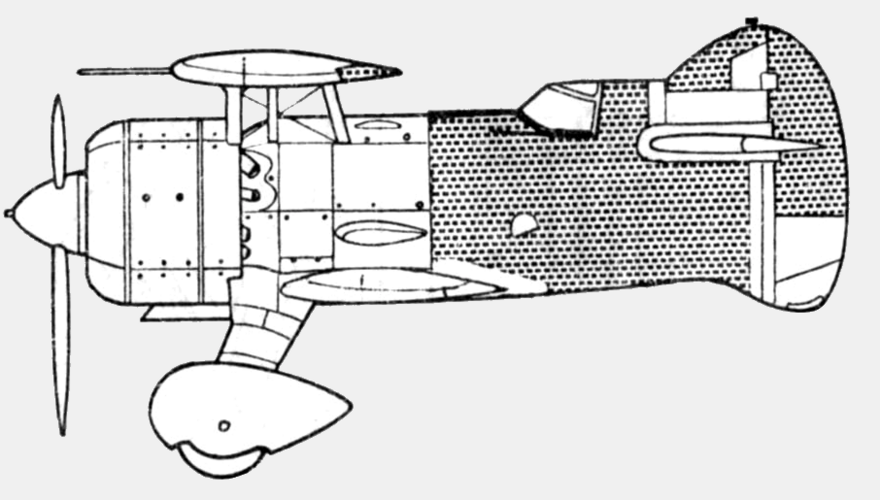
Attachments
- Joined
- 26 May 2006
- Messages
- 34,838
- Reaction score
- 15,715
I am not 100% this is a Polikarpov project, but the article speaks of the I-15, I-152 and I-16.
Also, if this project has been discussed elsewhere before, forgive me, but I couldn't find it via the search engine.
It is only known as "aircraft N7.21.1". I can decipher Russian, but I don't understand it enough to make out what the article says.
So any help in understanding where this design stands in the I-15 family (if it does) will be appreciated!
View attachment 725173
I think it was Borovkov/Florov,
- Joined
- 25 June 2009
- Messages
- 14,739
- Reaction score
- 6,089
I'm feeling a bit stupid now for not realizing that "N7.21.1" meant the same as the "7211" prototype, which of course I had in my files. Thanks.
- Joined
- 7 June 2009
- Messages
- 532
- Reaction score
- 157
I-173
This one (especially these pictures) is pure fiction. Here is the source of them:
https://alternathistory.ru/dlinnaya-doroga-ot-semnadtsati-do-edinitsy-i-173/
It's a What-if story in which I-173 project was started by Polikarpov but then transferred to Lavochkin and became a mass-produced fighter named "LaGG-1". By the way, Yak fighter family doesn't exist in this alternative universe (as Yakovlev stood focused on his Yak-2/4 multirole twin-engine aircraft).
Nobody knows how did actual I-173 project look like (and even was it developed enough to have a definite shape), but surely it wasn't a cross between I-16 and LaGG-3.
Last edited:
- Joined
- 7 June 2009
- Messages
- 532
- Reaction score
- 157
Not "VPK", but simply VP (Vysotnyi Perekhvatscik - high-altitude interceptor) or Aircraft "K". And your drawing depicts its rear fuselage made of riveted metal - it seems doubtful for me, as Polikarpov preferred wooden semi-monocoque design for this part of his fighters. Was your decision based on some info sources?
- Joined
- 26 May 2006
- Messages
- 34,838
- Reaction score
- 15,715
From this magazine.
Attachments
Similar threads
-
Popular singer and respected aviation writer Herbert Leonard passes at age 80
- Started by TomcatViP
- Replies: 1
-
Breguet 1180 and other projects for French Minerve Program
- Started by Deltafan
- Replies: 25
-
List of reference books by period or manufacturer: French aircraft
- Started by c460
- Replies: 35
-
Polikarpov I-16 versus Messerschmitt Bf 109 B-1 in Spain
- Started by Justo Miranda
- Replies: 10
-

